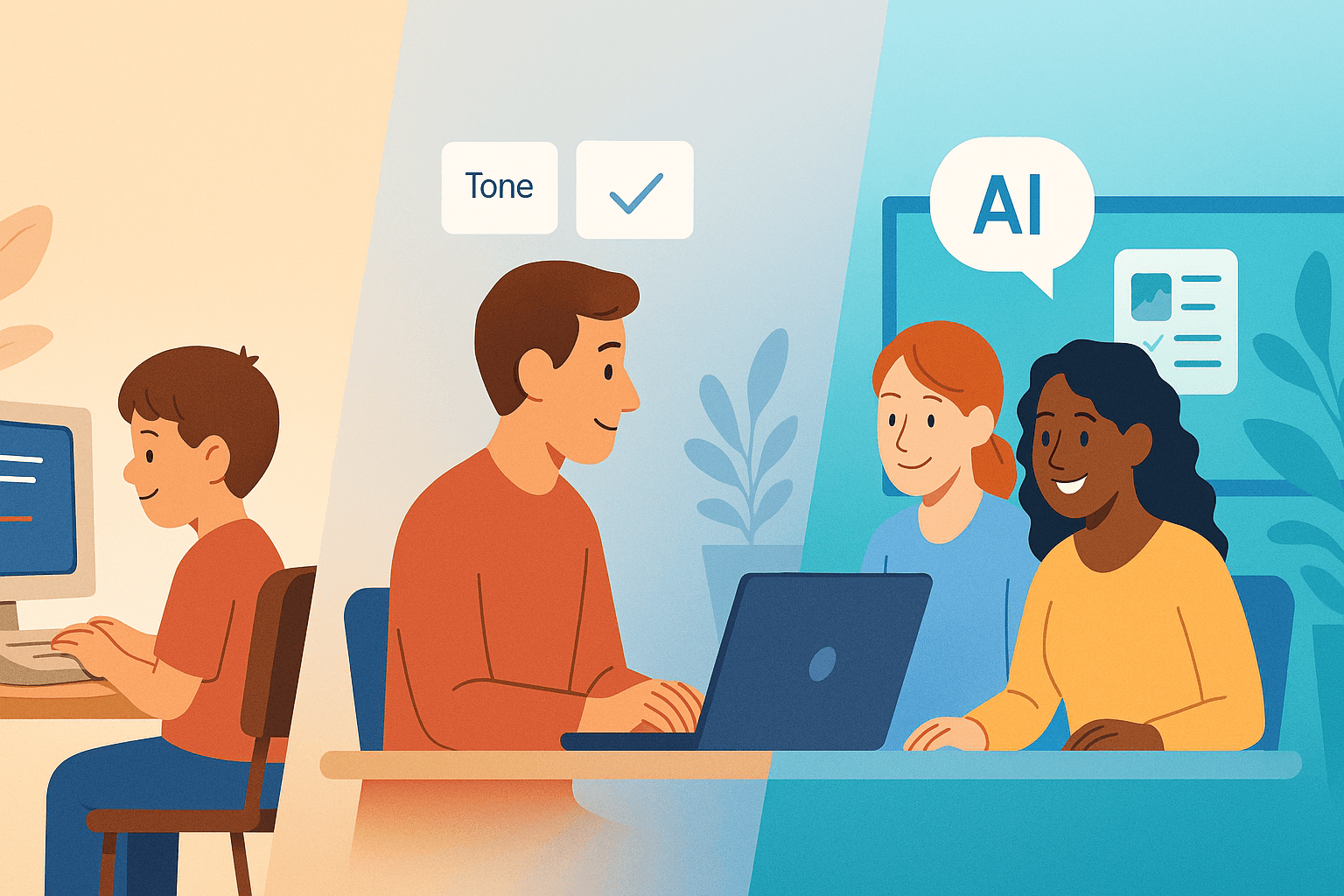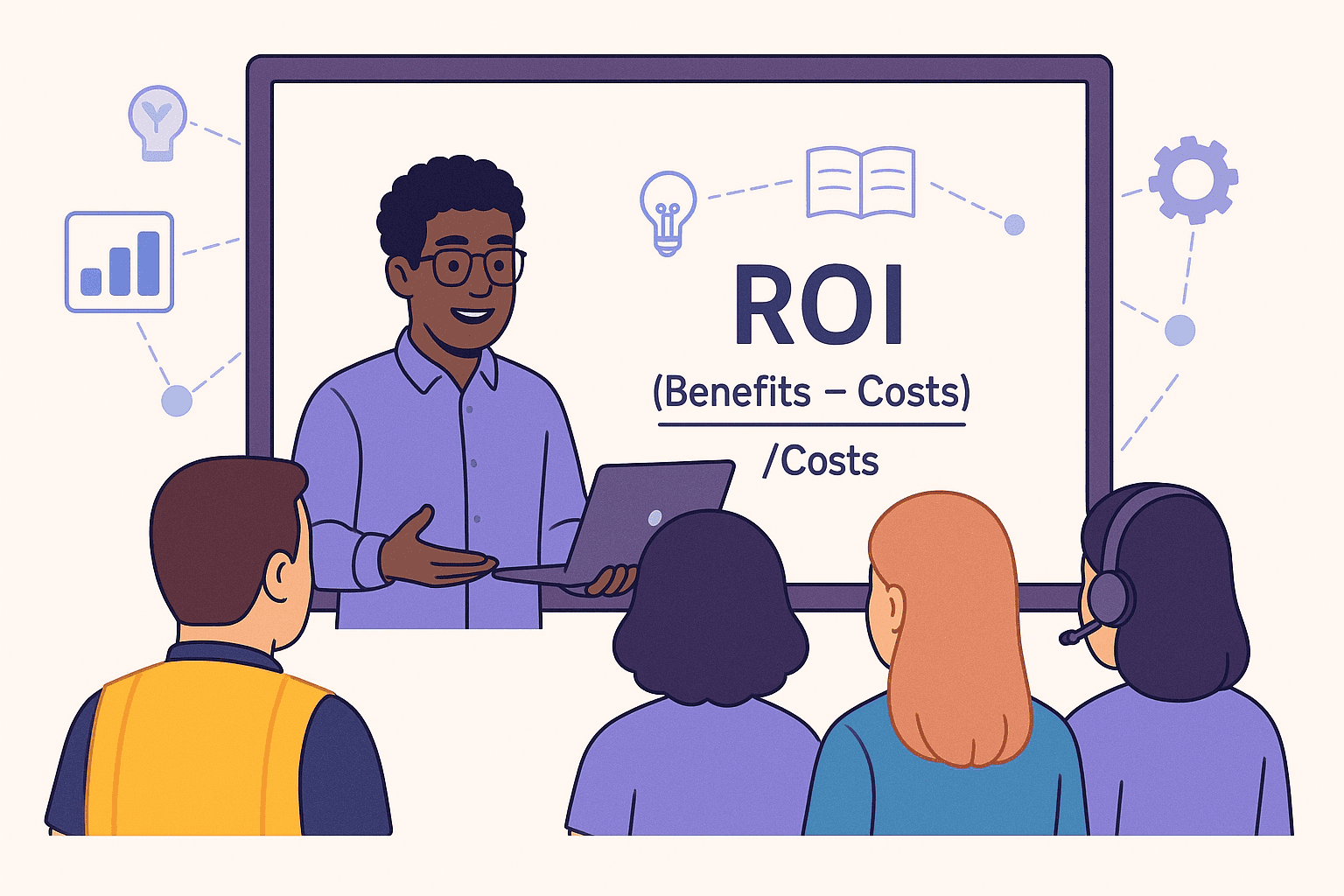2 min
Aug 1, 2023
What's better for learning and development--centralized or decentralized artificial intelligence?
Coleman Numbers

Just some brief thoughts today. AI's growth in corporate learning raises vital questions about centralization and decentralization. Do companies fare better by tightly controlling their own in-house LLMs—or by letting instructional designers, managers, and others use third-party or open source models? How much freedom should employees have to use various AI technologies in work and training? This debate affects quality of learning outcomes, data privacy, and innovation.
Our take? Distributed ownership and use of independently-operated LLMs will yield better results than a centrally-controlled AI system within an organization.
Centralization: A Double-Edged Sword
Consolidating control of AI comes with several strengths. Firstly, centralized systems can establish uniform standards and benchmarks for quality assurance, resulting in reliable and effective AI learning tools.
Centralization also makes it easier to enforce regulations around ethical use of AI and users' rights. Additionally, economies of scale come into play: large entities can invest in advanced AI learning tools that could be too expensive for smaller companies, resulting in robust learning experiences.
Despite its benefits, centralization isn't without its shortcomings. This type of L&D strategy makes a market vulnerable to monopolistic control, for example. If companies outsource their AI learning systems to another firm that specializes in a consolidated, proprietary closed system, it'll be easy for that firm to lock down the market. And fewer competitors leads to stagnation in innovation and complacency in maintaining high standards.
Centralized AI systems can also inadvertently increase the risk of systemic bias, as fewer perspectives inform their creation and implementation. Data misuse is another obvious concern, given that centralized entities typically manage large volumes of sensitive information.But Ethan Mollick, Wharton School professor and noted Substacker, emphasizes a more fundamental weakness—that centralization can't achieve the gains that we hope to draw from AI. “Only innovation driven by workers can actually radically transform work,” Mollick writes, “because only workers can experiment enough on their own tasks to learn how to use AI in transformative ways. And empowering workers is not going to be possible with a top-down solution alone.”
Decentralization: Driving Innovation in Corporate Learning
In contrast, a decentralized approach promotes innovation. Multiple stakeholders experimenting with diverse methods, ideas, and technologies leads to a wealth of AI educational tools. This boosts competition and enhances product quality. Another significant advantage is privacy and data ownership. When users control their data, they experience more secure and personalized learning, with a significantly reduced risk of data breaches.
Satalia, a London-based company, operates on a decentralized model often referred to as a "swarm organization”. The AI system at the company helps in decision-making processes and ensures accountability. The company believes that this model promotes innovation and productivity, and it could scale to larger organizations and even countries. While Satalia's use case doesn't strictly address L&D, they provide a general model that the industry can adopt and adapt.
But decentralization has its challenges, too. The lack of centralized authority may result in inconsistent standards, leading to the creation of inefficient or subpar AI learning tools. Misuse of AI is another potential pitfall, given the relative difficulty in regulating numerous smaller entities compared to a few large ones. Interoperability issues between different systems can also surface, potentially complicating integration and data exchange.
For our money's worth, we think decentralization will lead the way in the AI governance landscape for corporate learning. The benefits it offers—innovation, enhanced privacy, data ownership, and reduced bias—are critical in today's rapidly evolving digital learning environments. We can overcome weaknesses in the approach by developing robust standards for quality assurance and consistency even as we embrace a multipolar control model.AI in Learning NewsletterKeep up to date on the cutting edge technologies that are changing the way people learn and instruct.



